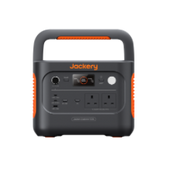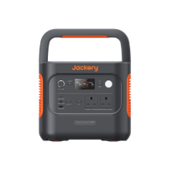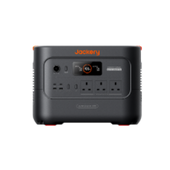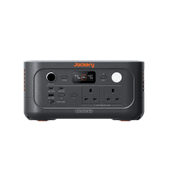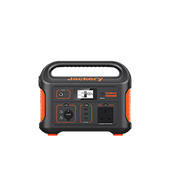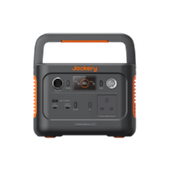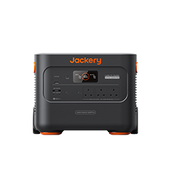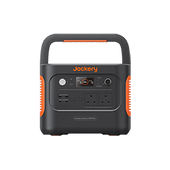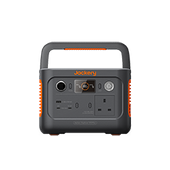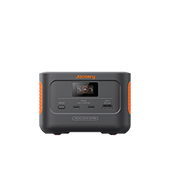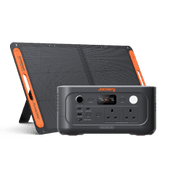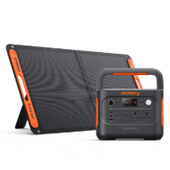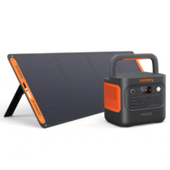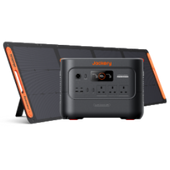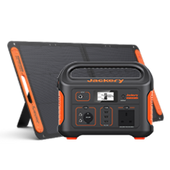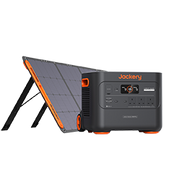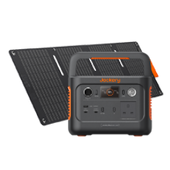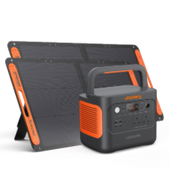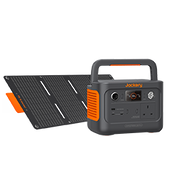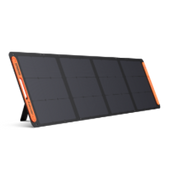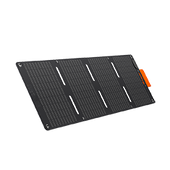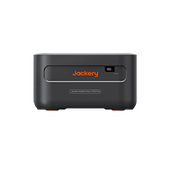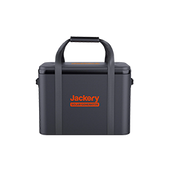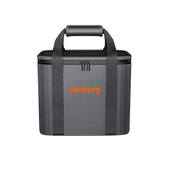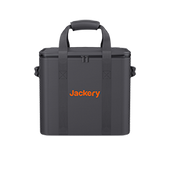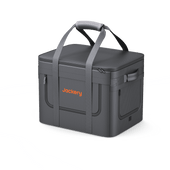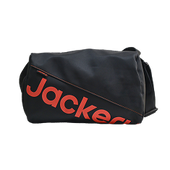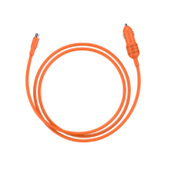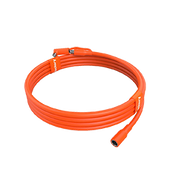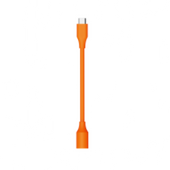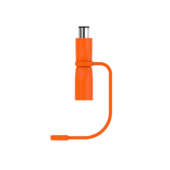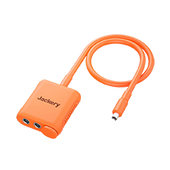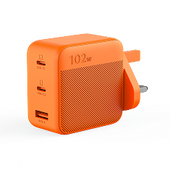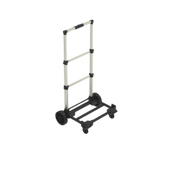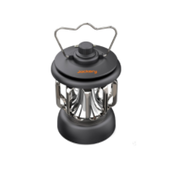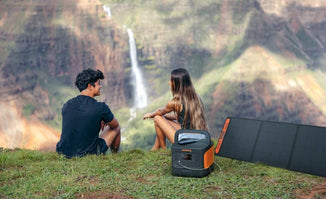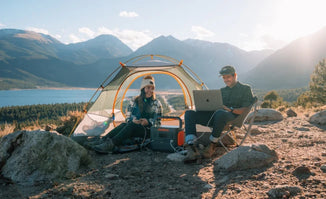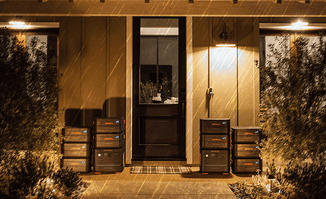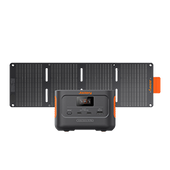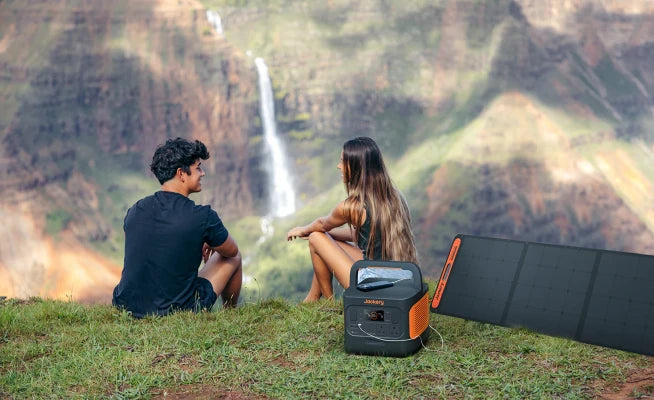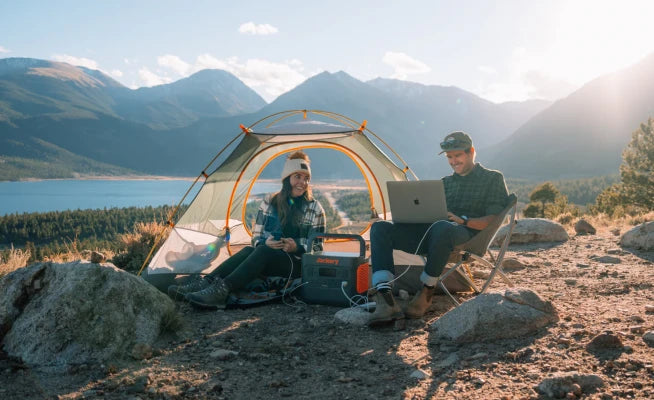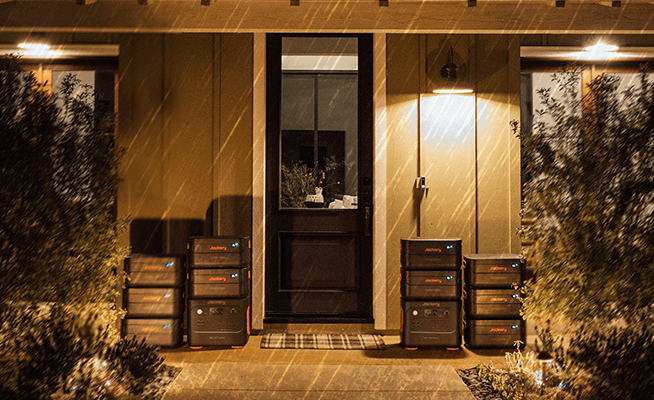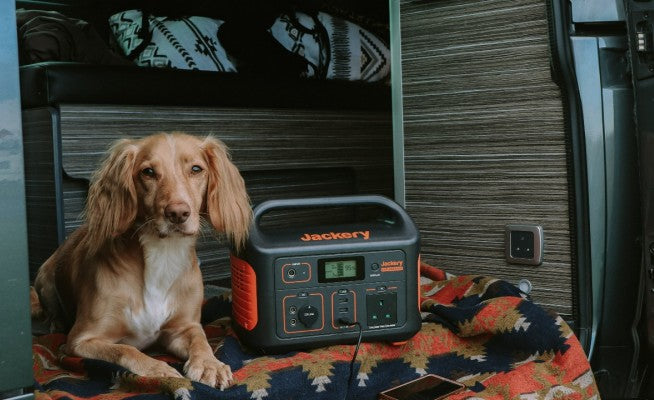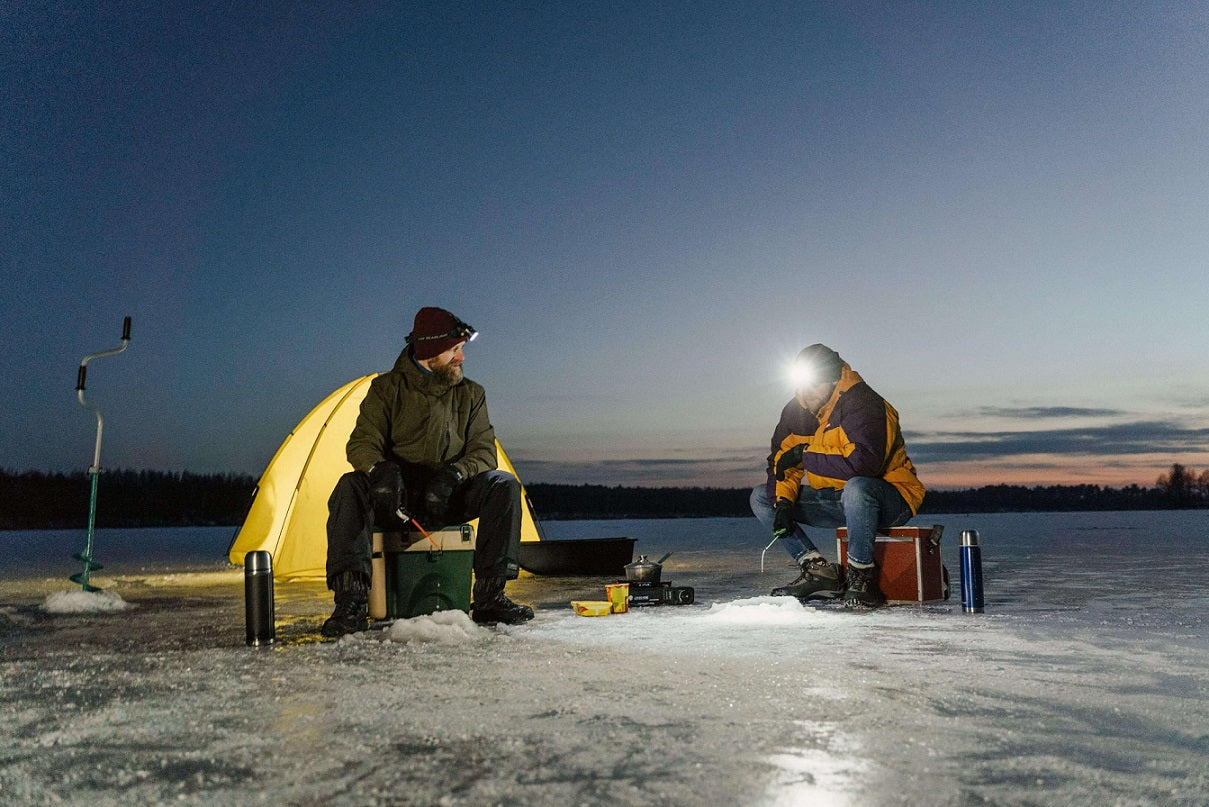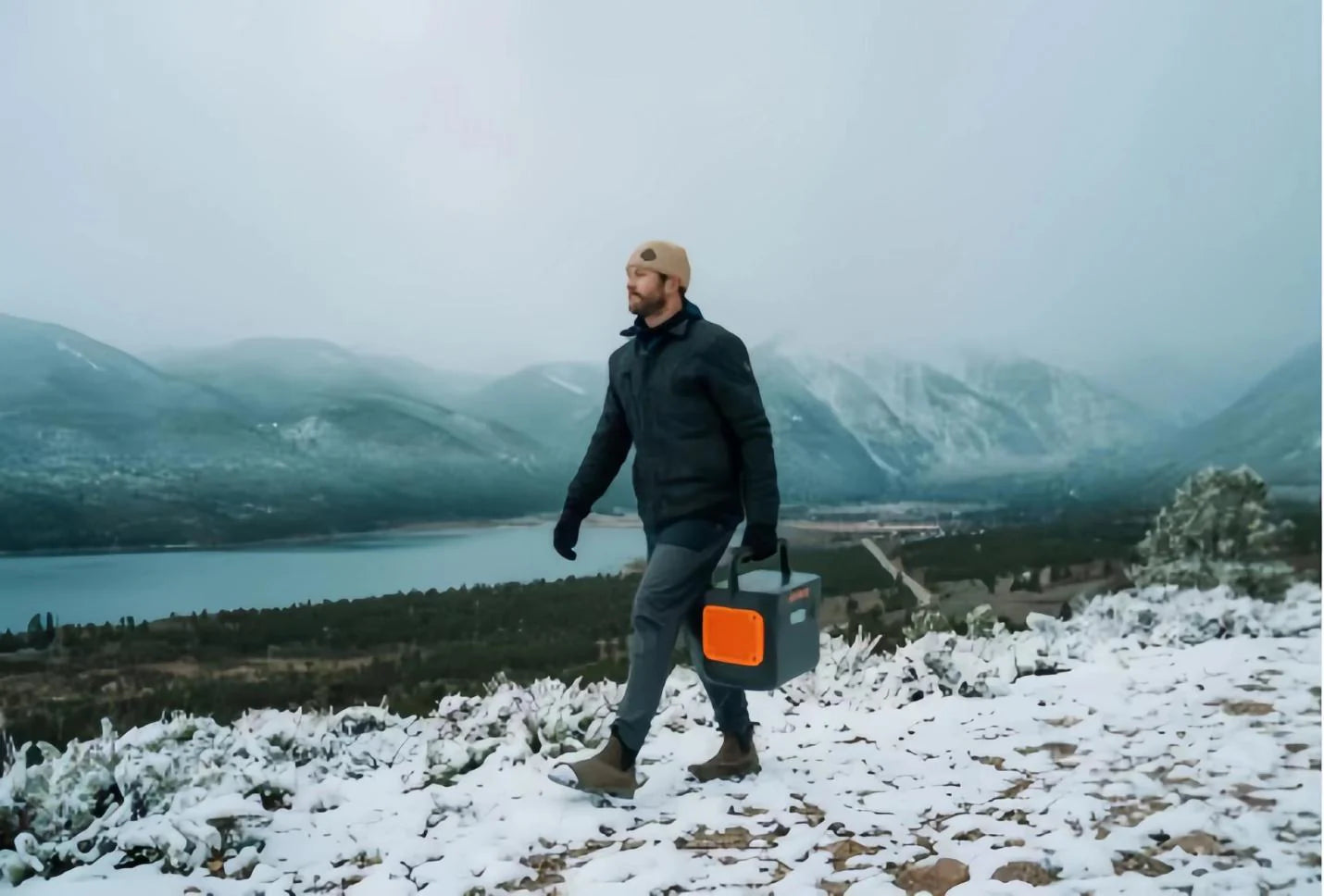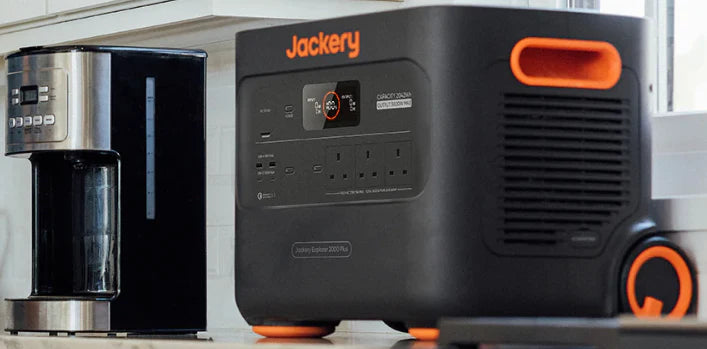Ice fishing is straightforward: cut a hole in the ice, throw bait and lures to the fish below, and then try to pull them to the surface. Ice fishing is usually done in winter when the surface of lakes and ponds freezes to a certain thickness. Anglers can cut holes in the ice to fish.
Although winter temperatures in the UK are not as extreme as those in northern Europe, some lakes and rivers still freeze in severe cold weather, providing conditions for ice fishing.
This guide will cover everything about ice fishing in the UK, such as the species, gear, spots, and tips. Keep reading to delve into the world of ice fishing.
|
Key Takeaways: |
|
- When the ice thickness reaches 8 to 10 cm, fishing enthusiasts drill holes in the ice and put fishing lines into the water through the holes. - In the UK, many different target fish species for ice fishing exist, such as the common carp, roach, bream, pike, and more. - Ice fishing requires specific equipment to ensure safety and comfort. This type of fishing is still popular in some high-altitude or inland lakes in the UK. - We recommend Jackery Explorer 100 Plus or 240 v2 for you to take into your fishing trip since it can power your essential devices, such as your phone, radio, electric fish finder, and electric warmer, with higher durability. - There are some key safety issues to pay attention to when ice fishing to ensure your safety. |
What Is Ice Fishing?
Ice fishing is a unique fishing activity conducted on frozen lakes in winter. When the ice thickness reaches 8 to 10 cm, fishing enthusiasts drill holes in the ice and put fishing lines into the water through the holes. At first, this way of fishing was an essential survival skill for those who survived in cold climates.
However, it has now evolved into a leisure activity that combines winter outdoor adventures with fishing. For many people, the charm of ice fishing lies in its challenge and uncertainty. Whether an experienced old angler or a novice trying it for the first time, ice fishing can bring them unforgettable winter memories.
The Best Time for Ice Fishing in the UK
Since the climatic conditions in the UK are different from traditional ice fishing areas such as Canada or Northern Europe, choosing the right time for ice fishing is particularly important. In the UK, the best time for ice fishing is usually in the depths of winter, from mid-to-late December to February of the following year.
The best time of day for ice fishing is from 10 am to 4 pm. However, due to climate warming in the UK, opportunities for ice fishing may be relatively rare. Therefore, anglers must pay close attention to local weather forecasts and ice conditions to ensure safety.
Fishes To Target for Ice Fishing in the UK
Ice fishing is a relatively niche fishing method in the UK, which has attracted the interest of many fishing enthusiasts. However, in the UK, there are many different target fish for ice fishing, and each fish has unique habits. The following are the fish that can be caught in ice fishing in the UK:
Common Carp: Common Carp are among the most popular freshwater fish in the UK, and ice fishing is no exception. Large and powerful, carp offer significant challenges and fun to anglers. In winter, carp gather in deep waters to find a warmer environment.
Roach: Roach is a common freshwater fish in the UK. It is small in size but large in number. Roach is a good target fish in ice fishing, especially when the weather is cold, and other large fish are inactive.
Bream: Bream is another common target fish in ice fishing in the UK. They usually live in sandy and gravelly areas at the bottom of the water and like to move in groups. When ice fishing, look for areas with a flat bottom and sandy and gravelly distribution, and you will often harvest a lot of bream.
Pike: Pike is a relatively ferocious carnivorous fish in British freshwater fish and is also the target of many ice fishing enthusiasts. Pike is large, grows fast, and lurks in waterweed areas or near obstacles.
Trout: Trout, including rainbow and brown trout, are classic target fish in British freshwater fishing. They have high requirements for water quality and usually live in clear streams and lakes. In winter, trout will look for areas with slow water flow to spend the winter.
How To Plan Your Ice Fishing Trip in the UK?
As winter arrives, lakes in the UK begin to freeze over, making this an excellent time for fishing enthusiasts to experience ice fishing. Ice fishing is a unique way to fish and a great opportunity to get in touch with nature.
However, planning a successful ice fishing activity requires considering many aspects, from equipment selection to safety issues. Here is a detailed guide to planning ice fishing to ensure your ice fishing trip is safe and fun.

Step 1: Choose the Right Ice Fishing Location
Many lakes in the UK freeze over in winter, making them suitable for ice fishing. However, choose one with sufficient ice thickness and high safety when choosing a location. In the UK, the ideal ice fishing location should have the following characteristics:
|
Best Location for Ice Fishing |
|
|
Ice Thickness |
Ensure the ice is at least 15 cm thick, as places with insufficient thickness pose a great safety hazard. Before setting off, you can learn about the ice conditions by asking residents or checking relevant reports. |
|
Shelter from the Wind |
Choose a place sheltered from the wind and facing the sun, which can increase the success rate of ice fishing and make the fishing process more comfortable. |
|
Clear Water |
Choose a place with clear water to observe fish activities better. |
Step 2: Determine the Timing of Ice Fishing
The best time for ice fishing is generally during the early stages of ice formation and before the ice melts. During this period, fish are more active and have a higher bite rate. During the day, 10 am to 4 pm is the golden time for ice fishing, when the water temperature is relatively high and fish are active frequently.
Please choose a continuous sunny day for ice fishing, and avoid activities in bad weather, such as strong winds and heavy snow. In addition, during ice fishing, pay attention to weather changes at any time, adjust clothing or evacuate in time.
Step 3: Choose the Right Bait
In ice fishing, choosing the right bait is one key to success. In winter, fish have low activity and poor foraging ability, so they are particularly picky about the choice of bait.
Red worms are the preferred bait for ice fishing, and multiple red worms can be tied together with thin wire. Animal baits such as earthworms also have sound effects. When using commercial baits, attention should be paid to their palatability. The baits should be soft, small, and of moderate viscosity.
In addition, the choice of bait needs to be considered comprehensively according to the target fish species, water environment, and weather conditions.
|
Types of Fish |
Suitable Baits |
|
Common Carp |
Bloodworms, earthworms, special carp baits |
|
Roach |
Bloodworms, maggots |
|
Bream |
Maggots, small dough baits, artificial baits |
|
Pike |
Small fish, loaches |
|
Trout |
Insect baits, small artificial baits |
Step 4: Setting up Fishing Spots
When drilling holes in the ice, you should choose round holes with a diameter of about 25 cm to make it easier for fish to get hooked. However, the number of holes in the ice should be manageable.
Generally, 3 to 4 holes can be drilled at a time. Too many holes can easily distract attention. In addition, ice fishing spots should be selected in places sheltered from the wind and facing the sun, where there is dense dead grass or bubbles, etc., as there are often more fish in these places.
Step 5: Other Preparations
In addition to the abovementioned parts, you may need other preparations for a perfect ice fishing trip. Prepare enough high-calorie food and warm water to maintain body energy and warmth. Although sunlight is weak in winter, the ultraviolet rays reflected by the ice surface are still strong. Therefore, it is recommended that people apply sunscreen and wear sunglasses.
Ice Fishing Gear
Like many outdoor hobbies, ice fishing in the cold winter requires specific gear to ensure safety and comfort. The list of ice fishing equipment you can buy is almost endless, but this section will only introduce the most common tools to improve your ice fishing experience.

1. Fishing Tackle
The correct fishing tackle is essential to enjoy the fun of fishing in the ice and snow.
Ice Fishing Rod: Choose a short and lightweight ice fishing rod, usually between 50 and 100 cm long, that is easy to operate in the ice hole.
Fishing Line: Use a thin line suitable for ice fishing, generally between 0.10 and 0.15 mm in diameter. (The nylon line is ideal for use above the ice surface, while the PE line is usually used below the ice surface because it freezes easily.)
Fish Hook: Try to choose a small fishing hook.
Fish Float: The fish float should have a short body and thin tail, about 10-12 cm long.
2. Ice Chisel
Ice chisel is pivotal in ice fishing and is the first tool to start ice fishing.
Ice Drill: Ice drills are used to drill holes in the ice to ensure flexibility in fishing locations. Generally, electric ice drills with a diameter of about 10 cm are selected for higher efficiency.
Strainer: This is used to clean the broken ice in the ice hole, keep the ice hole clean, and facilitate fishing. To remove ice quickly, it is best to use a filter made of metal wire with a diameter of 15 cm.
3. Safety Equipment
Ice fishing has many potential safety risks, so it is vital to carry appropriate safety equipment.
Crampons: can be put on any shoes to prevent them from slipping on the smooth ice surface.
Escape Rope and Life Jacket: The escape rope can be used for self-rescue or mutual rescue in an emergency. At the same time, the life jacket can provide the necessary buoyancy after the angler falls into the water to prevent drowning accidents.
First Aid Kit: The kit should contain common medicines and supplies such as Band-Aids, bandages, disinfectants, etc.
Flashlight: The flashlight can provide the necessary lighting to facilitate the angler to walk and operate on the ice.
4. Extras
In addition to the above equipment, you can also consider bringing the following equipment when ice fishing:
Ice Fishing Tent: Ice fishing tents provide additional warmth and wind protection. Please choose a tent suitable for one or two people and ensure it is easy to set up and store.
Ice Fishing Cushion: It can isolate the ice surface's coldness, providing a comfortable sitting position for anglers.
Ice Fishing Box: Ice fishing boxes usually store small equipment such as fishing lines, hooks, and floats. They are convenient to carry and organise; some are also designed with insulation functions.
Portable Power Station: Portable power stations, like Jackery Portable Power Station, can provide the necessary power support for ice fishing, ensure anglers' safety, and enhance entertainment, fishing efficiency, and long-term ice fishing activities.
|
Ice Fishing Gear |
||
|
Ice Fishing Rod |
Fishing Line |
Fish Hook |
|
Fish Float |
Ice Drill |
Strainer |
|
Crampons |
Escape Rope |
Life Jacket |
|
First Aid Kit |
Flashlight |
Ice Fishing Tent |
|
Ice Fishing Cushion |
Ice Fishing Box |
Portable Power Station |
By preparing the above equipment, ice fishing enthusiasts can better enjoy this unique winter activity while ensuring their safety and comfort.
Jackery Portable Power Stations for Ice Fishing
A portable power station is essential for fishing as it recharges vital gadgets, including GPS, fish finders, sonar, underwater lights, searchlights, navigation lights, speakers, bite alarms, and indicators.

Portable power stations resemble power banks; however, they possess significantly more capacity and higher power output. Jackery Portable Power Stations are lightweight, easily transportable, and portable emergency power sources. Here, we introduce Jackery Explorer 100 Plus and 240 v2 as the perfect fishing companions for your trips in the UK.
|
Electronics |
Working Hours |
|
|
Jackery Explorer 100 Plus |
Jackery Explorer 240 v2 |
|
|
Flashlight (20W) |
1.5-6.1H |
2.4-14.6H |
|
Electric Fish Finder (100W) |
5.4-21.3H |
8.5-51H |
|
Phone (10W) |
3.6-14.2H |
5.7-34H |
|
GPS Device (60W) |
21.4-85H |
34-204H |
|
Camera (150W) |
1.1-4.25H |
1.7-10.2H |
Jackery Explorer 100 Plus
The Jackery Explorer 100 Plus is ideal for ice fishing trips. It has a LiFePO4 battery that endures 2,000 cycles while maintaining 80% of its capacity. Weighing only 965 grammes, it offers portable power conveniently within your grasp. The most important thing is that this power station can be taken on flights so that you can take it to any place for ice fishing in the UK.
The Explorer 100 Plus is a portable power station featuring a 128W AC Pure Sine Wave Inverter and a capacity of 99Wh. It can charge three devices concurrently, featuring a 100W Dual PD Output and one USB-A output. Furthermore, it is sufficiently lightweight and compact for portability, allowing it to be taken aboard an aeroplane.
The Explorer 100 Plus features a resilient LFP (LiFePO4) battery, enhanced by a proprietary BMS (Battery Management System) that provides additional protection. After 2,000 charge cycles, the battery retains 80% capacity, guaranteeing an outstanding 8-year longevity, even with daily charging.

|
*Review from Our User |
|
I was looking for a solution for a weekend trip that could charge my phone, tablet, and Bluetooth speakers. I charged the iPad twice, the phone three times, and the speaker too, yet I still had 20 percent remaining that I didn't use. This device is fantastic; however, it's disappointing that a case for it isn't available in the UK yet. I would appreciate having a case for the battery pack as well. |
Jackery Explorer 240 v2
The Jackery Explorer 240 v2 is the most compact 300W model among leading brands. Its foldable handle and buckle make it ideal for ice fishing excursions and can be charged whenever necessary.
The Explorer 240 v2 Portable Power Station has a robust 256Wh capacity inside a compact configuration. Equipped with 1 AC outlet, 1 USB-A port, and 1 USB-C port, it can simultaneously charge up to 5 devices, facilitating various appliances' rapid and efficient powering.
Completely charge the Explorer 240 v2 Portable Power Station from 0% to 100% in one hour using the Emergency Charging Mode, which is activated through the app. Consistently prepared for emergencies with your portable power supply, guaranteeing you remain powered when moving. This power station, approved by IEC 62040, guarantees flawless switching within 20 milliseconds, ensuring uninterrupted power to ensure your phone and GPS device work in winter.

|
*Review from Our User |
|
I've been using the 240 for over a year during my camping trips and have been impressed with its quality and reliability. So, it was easy to purchase the latest 240 v2 for extra capacity while maintaining the compact and portable design. I ensure they are always charged with 80w portable solar panels, which are compact enough to recharge from the car during a day trip. |
Where To Go Ice Fishing in the UK?
Ice fishing combines patience and skill to bring a different kind of fun to fishing enthusiasts. Despite the relatively mild winter climate in the UK, ice fishing is still prevalent in some high-altitudes or inland lakes. Here are five places in the UK worth trying ice fishing:

1. Loch Lomond
Location: West Dunbartonshire/Argyll and Bute/Stirling, Scotland (Open with Google Maps )
Fish Species: Salmon, sea trout, brown trout, rainbow trout, pike, chub, dace and perch
As Scotland's largest freshwater lake, Loch Lomond is rich in fish and offers a great ice fishing environment in winter. Many outdoor activities around Loch Lomond, such as snowshoeing and cross-country skiing. But remember that the fishing season on Loch Lomond is from February to October (sea trout fishing is closed from April 1st, and salmon fishing is closed on Sundays).
2. Coniston Water
Location: Lake District, Cumbria (Open with Google Maps)
Fish Species: Trout, perch and zander
Coniston Water often freezes over in winter, providing excellent conditions for ice fishing. It is also surrounded by a quiet environment, making it an excellent choice for anglers seeking a peaceful ice-fishing experience.
3. The Broads
Location: Norfolk and Suffolk, East of England, United Kingdom (Open with Google Maps)
Fish Species: Bream, roach, tench and perch
Located in the eastern counties of England, the Broads is the largest lowland wetland reserve in the UK. When they freeze over in winter, the waterways and lakes here become a paradise for ice fishing enthusiasts. In addition, ice fishing activities on the Broads are usually organised by local guides who provide professional equipment and guidance to ensure safety and fun.
4. Loch Ness
Location: Inverness, on the Isthmus of Caledonia (Open with Google Maps)
Fish Species: Northern Pike, European Eel, Pooh's Lamprey, Atlantic Salmon, Brown Trout, Arctic Char, Gudgeon, Three-spined Stickleback
Loch Ness is one of the most famous lakes in Scotland and is renowned for its mysterious water monster legend. However, besides looking for water monsters, Loch Ness is also a good place for ice fishing in winter. The lake is wide and rich in fish resources. In addition, many fishing tackle shops and guide service companies around Loch Ness can provide necessary support for ice fishing enthusiasts.
5. Ullswater
Location: Penrith, CA11 0JH, UK (Open with Google Maps)
Fish Species: Trout, Bass and Zander
Ullswater is a long, narrow lake in the Lake District National Park, known for its clear water and stunning mountain scenery. Many hotels and B&Bs around Ullswater Lake provide comfortable accommodations for ice-fishing enthusiasts.
Safety Tips for Ice Fishing in the UK
For many British people, ice fishing is a fun winter activity. However, due to the unique environment of ice fishing, safety issues are critical. Here are some key safety issues to pay attention to when ice fishing to ensure that anglers can enjoy the fun of this activity while ensuring their safety.
Tip 1: Check the Thickness of the Ice
Before going on the ice:
Check its thickness (more than 10-15 cm).
In addition, observe whether there are cracks, bubbles or other unsafe signs on the ice surface.
Only go on the ice if the thickness is sufficient or hidden dangers exist.
Tip 2: Set up Warning Signs
After digging the ice hole, warning signs (brightly coloured flags or sign poles) should be set up to prevent others from accidentally falling.
Tip 3: Avoid Direct Contact with Metal
In cold weather, the temperature of exposed metal parts is extremely low, and direct contact may cause frostbite on the skin. Therefore, avoid direct contact with metal parts or wear gloves when operating.
Tip 4: Warm Measures
Since ice fishing is carried out in relatively cold weather, please take warm measures. To prevent frostbite, please wear multiple layers of warm clothing, thick gloves, and hats. In addition, a hot water bottle and a heat pack should be carried in an emergency.
Tip 5: Self-rescue and Rescue Knowledge
All people involved in ice fishing should understand basic self-rescue and rescue knowledge.
Ice Fishing in The UK FAQs
The following are the frequently asked questions about ice fishing in the UK:
- What is the best place to go ice fishing?
As with regular fishing, the first thing you need to do is find a good fishing spot. During the early ice period, fish liked to feed in places they left before the water froze. During midwinter, fish migrate to deeper waters that are not as cold.
If this is your first time fishing on a lake, try fishing in the lake basin or the steepest shoreline you can reach. Larger fish like swimming along steep shorelines for food, especially in the early morning and at sunset.
- What is the best fish for ice fishing?
The best fish for ice fishing in the UK mainly include perch, trout and carp.
- Perch is one of the UK's most popular target fish for ice fishing. They usually grow in lakes and rivers with good water quality, and their meat is delicious and has high nutritional value.
- Trout is a cold-water fish species which is very suitable for fishing in cold waters in winter. Trout are found in many lakes and rivers in the UK.
- Carp is distributed in many waters in the UK and is one of the common targets of ice fishing enthusiasts. Carpets are large and very challenging to catch.
- What is the best bait to use for ice fishing?
Choosing the right bait is crucial when ice fishing in the UK. Here are some of the most popular baits for ice fishing in the UK:
|
Best Bait for Ice Fishing |
||
|
Worms |
Maggots |
Small fish |
|
Commercial baits |
Homemade baits |
Chocolate malt |
|
Corn kernels |
Spices |
Dough |
Final Thoughts
In conclusion, although ice fishing requires cold weather equipment and a lot of preparation, it has attracted the attention of many fishing enthusiasts in the UK. Although ice fishing is less popular than other fishing methods in the UK, it is still fun and challenging. However, when ice fishing, anglers must pay attention to safety, ensure the ice is thick enough to bear the human body's weight and wear warm clothes to cope with the cold weather.

